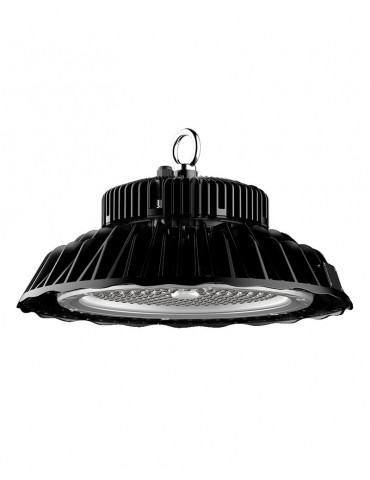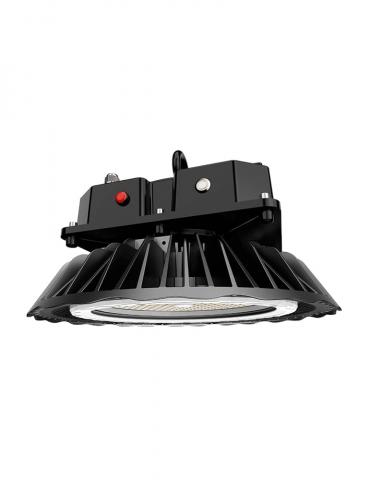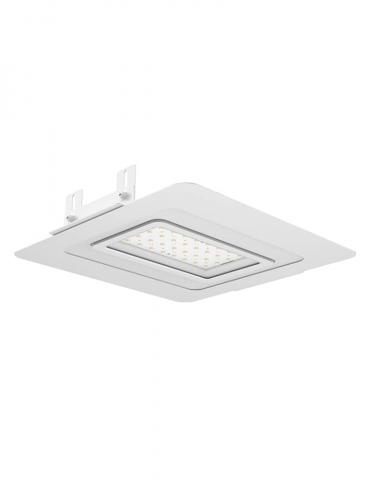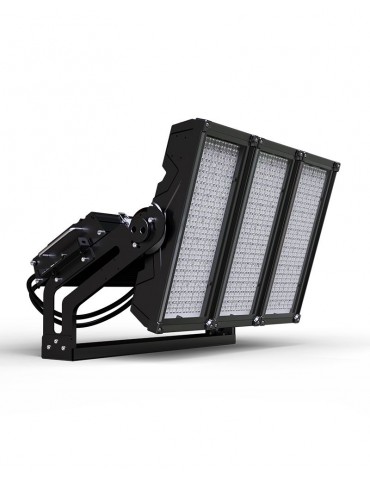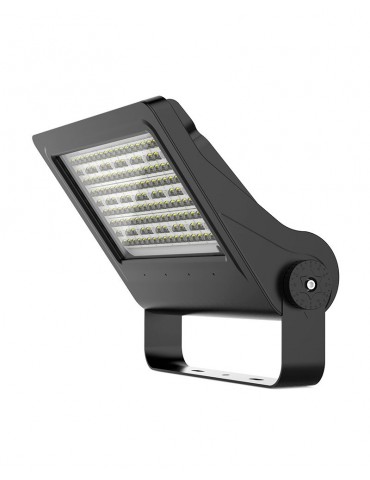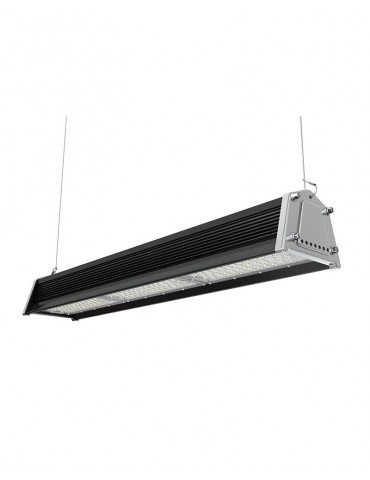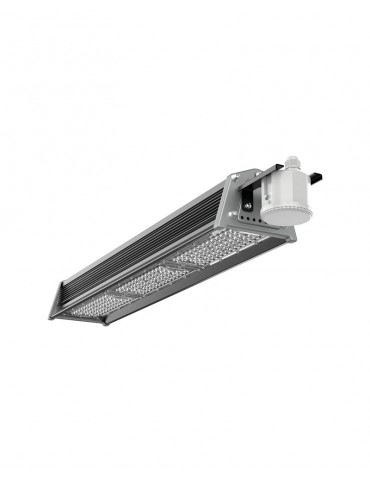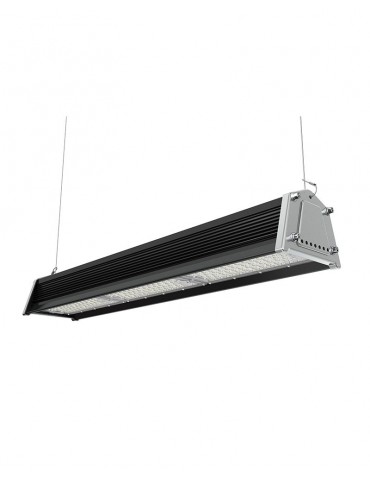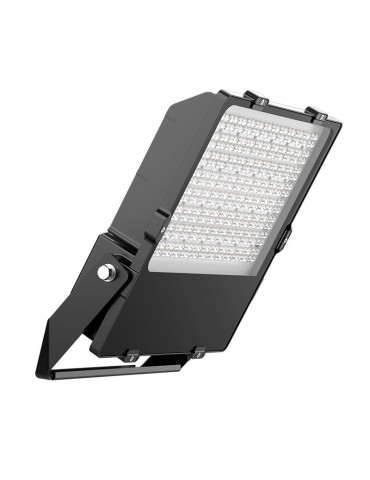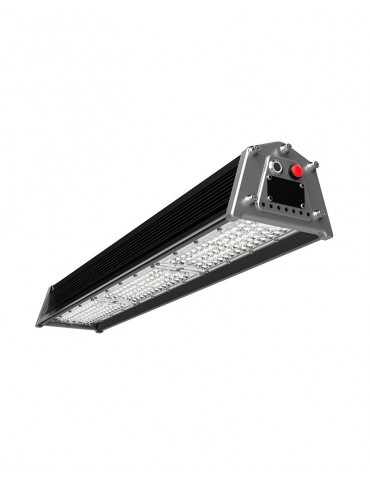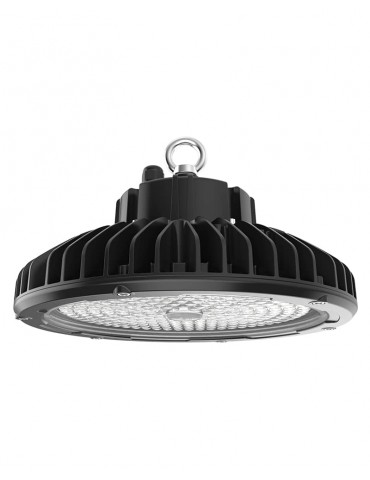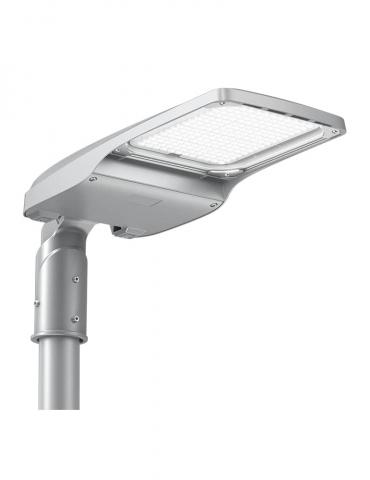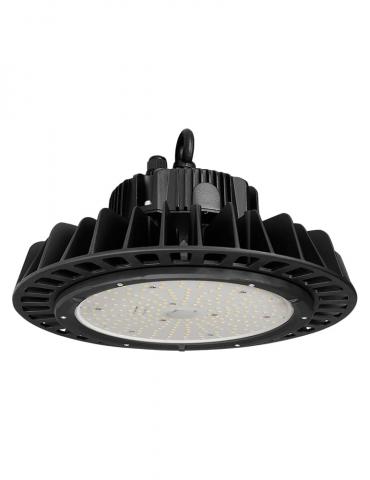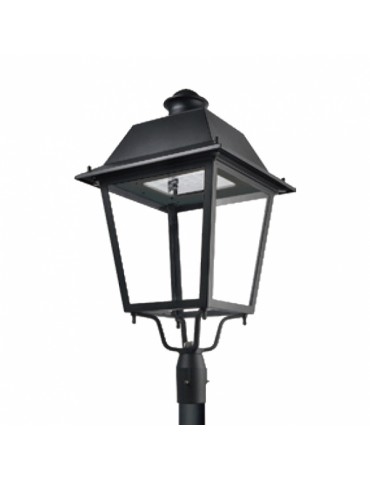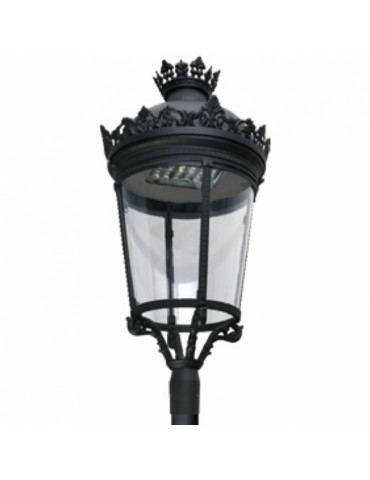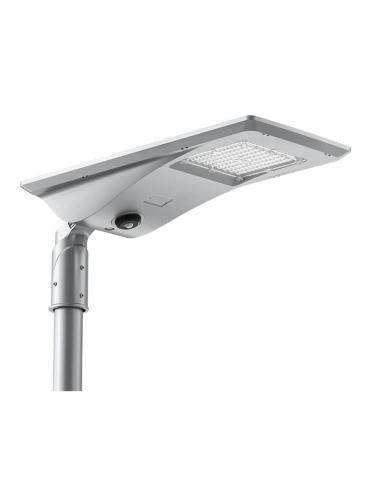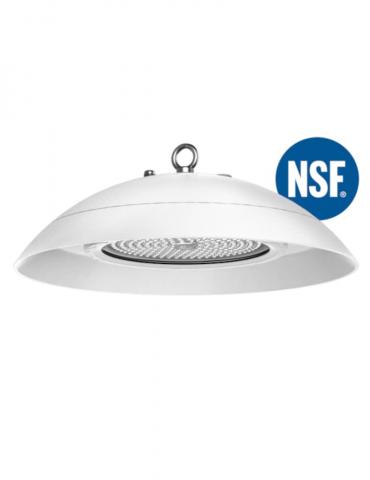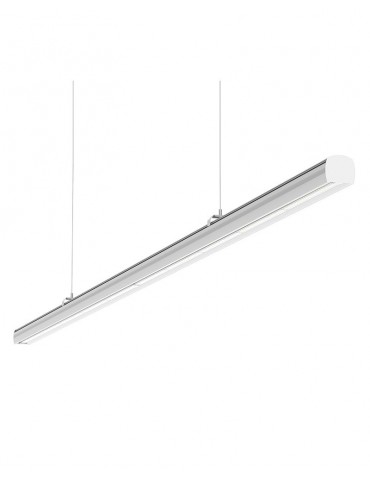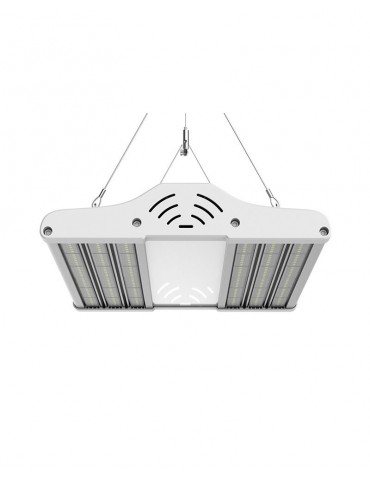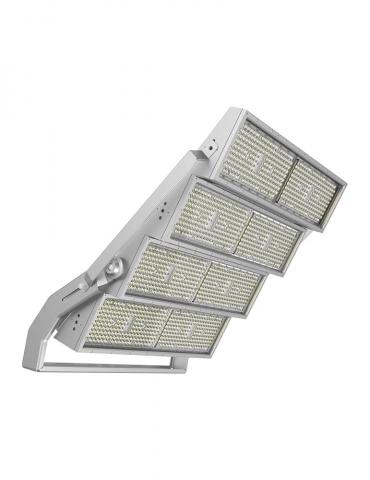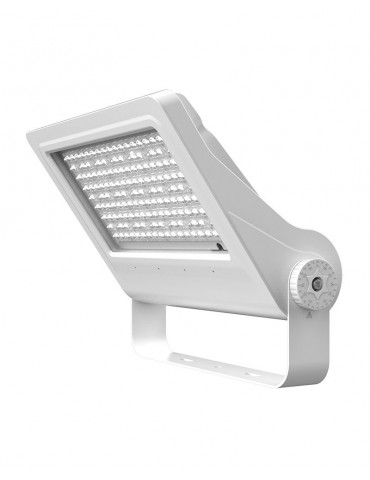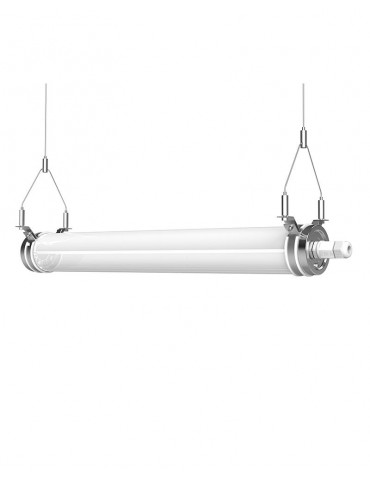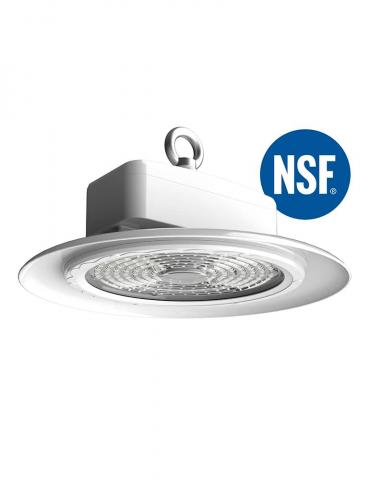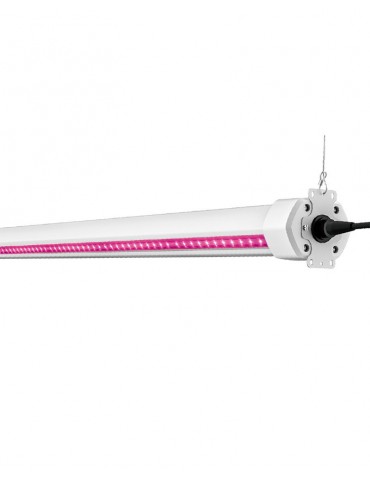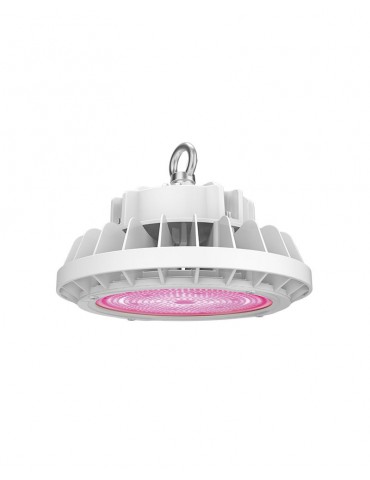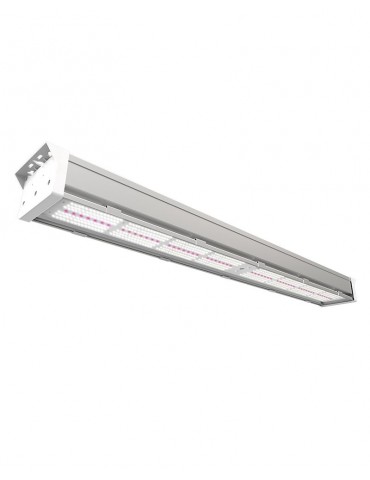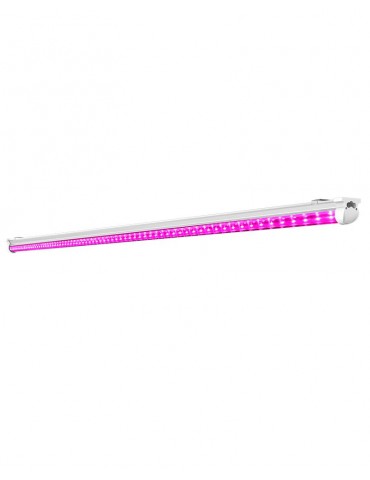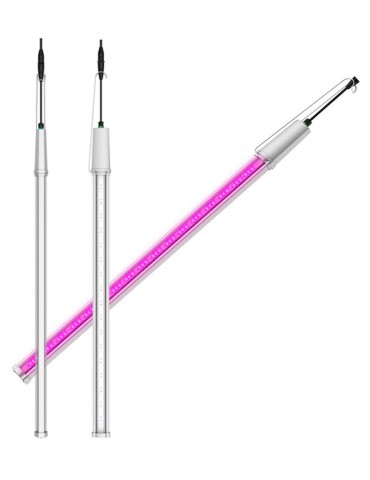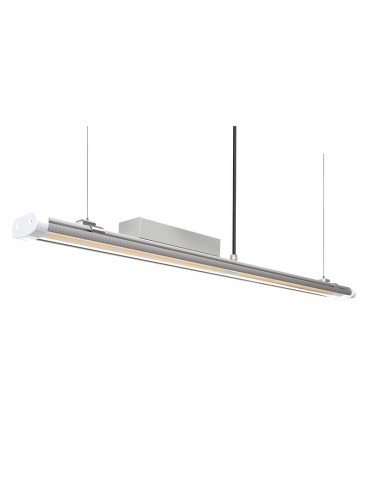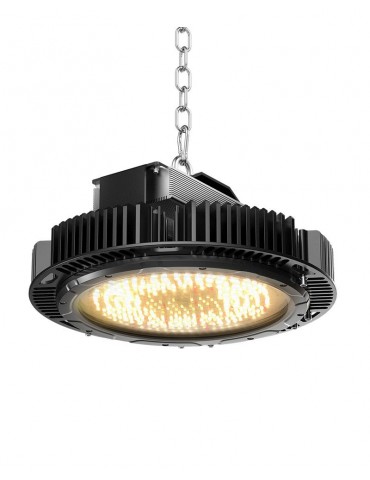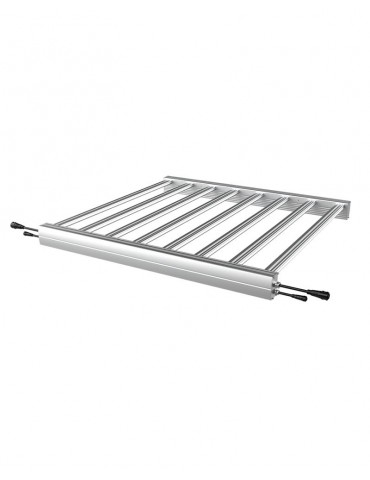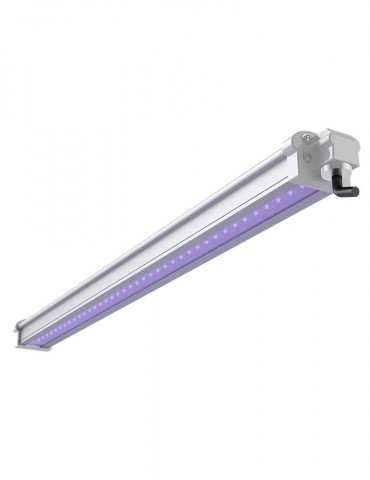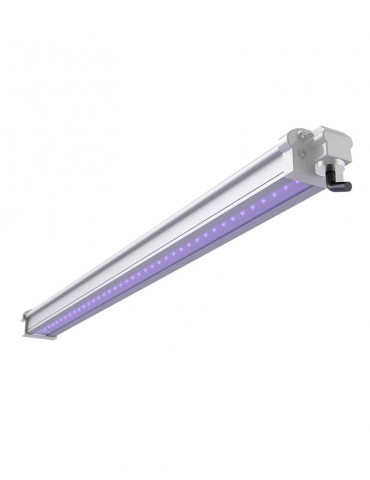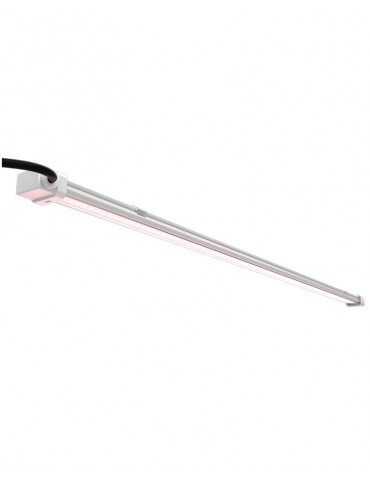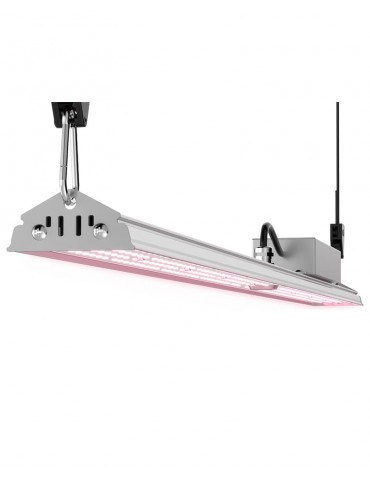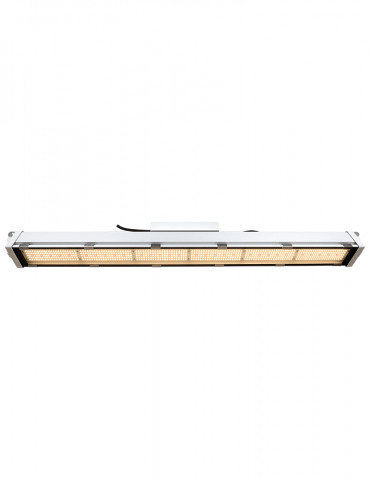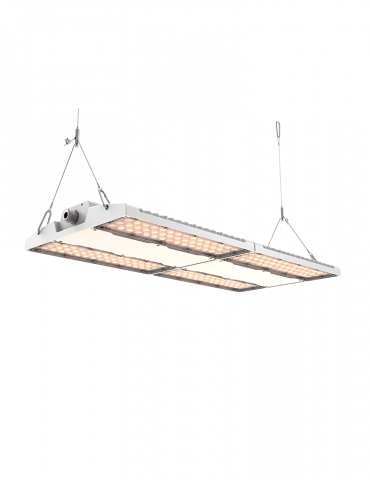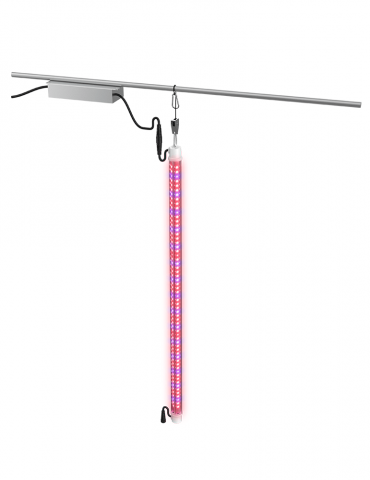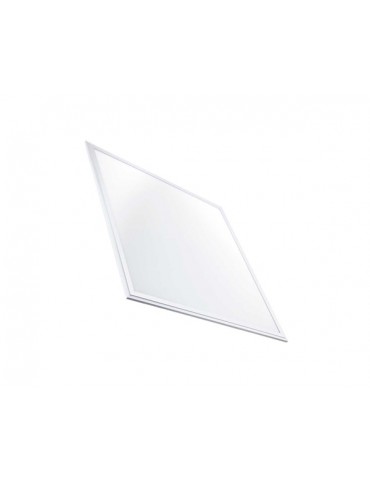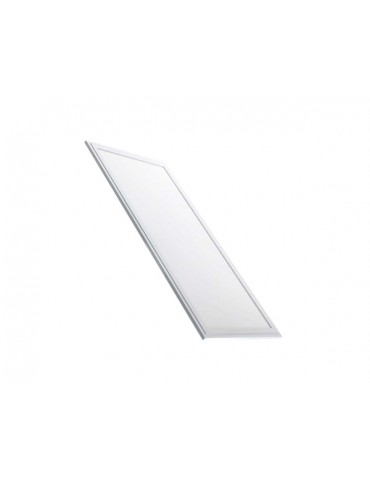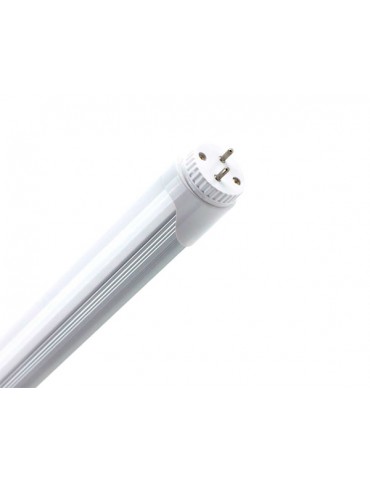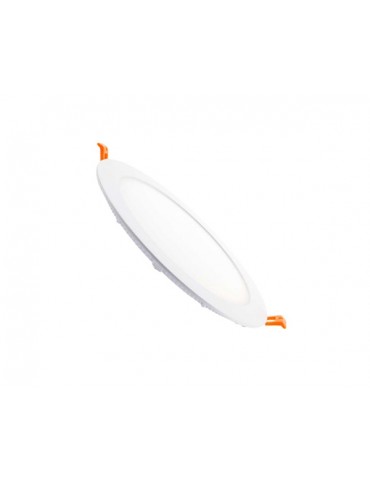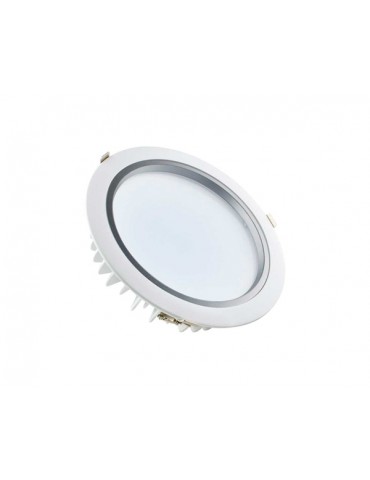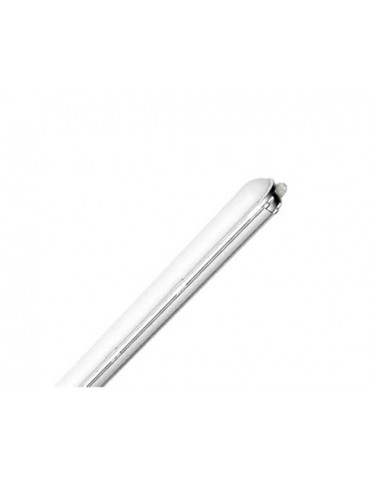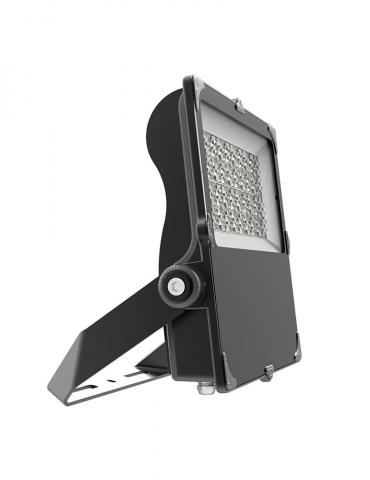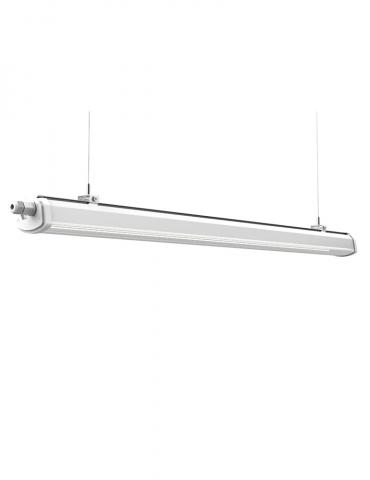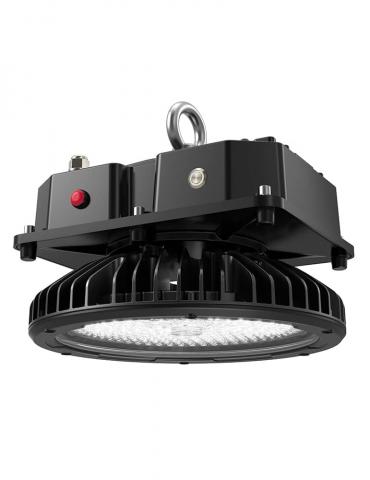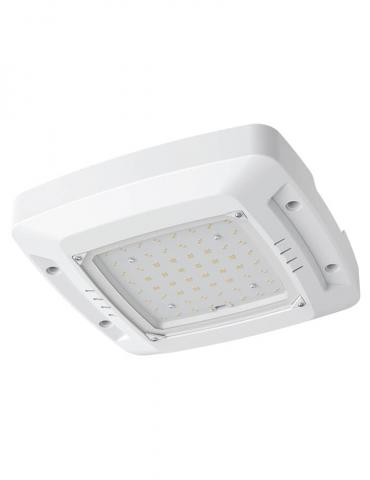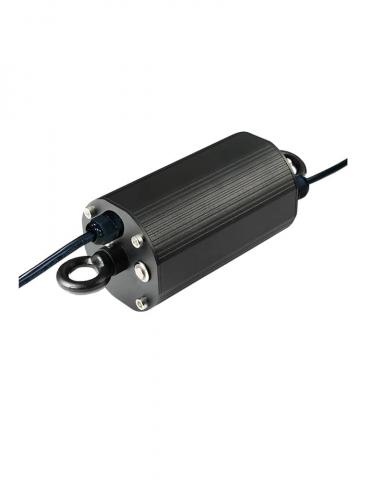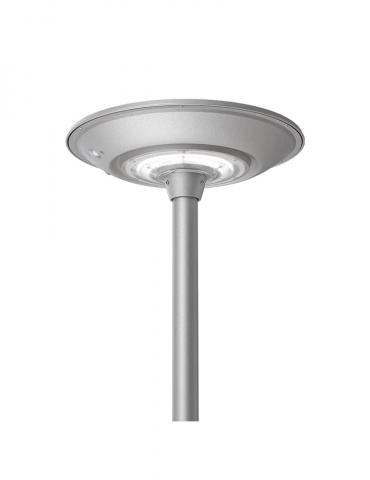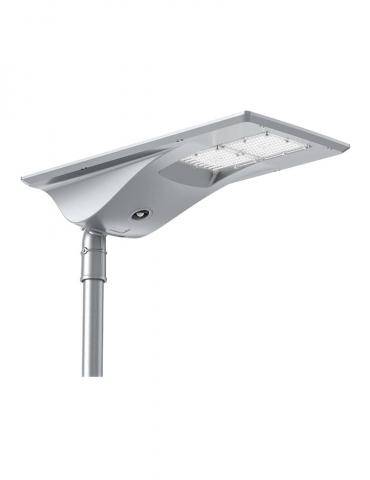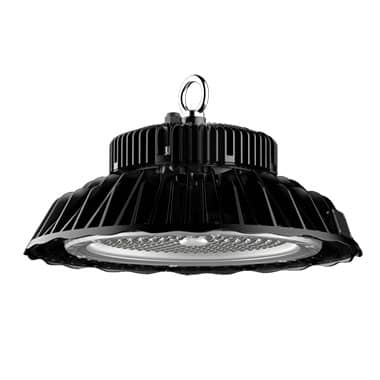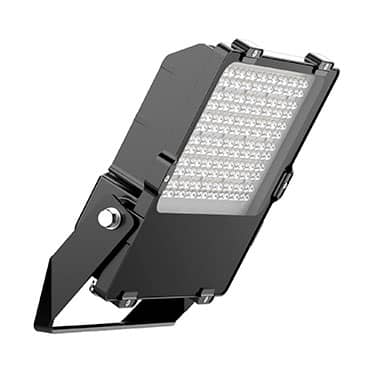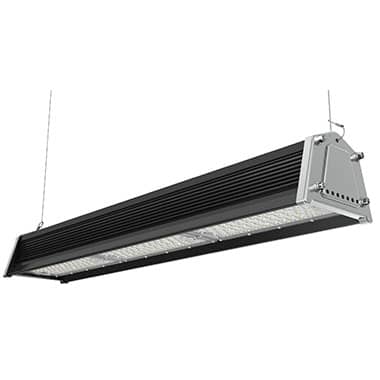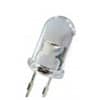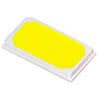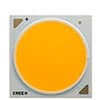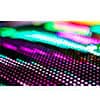Since the beginning of time, humanity has sought to fill with light the moments and spaces that lacked it, inventing various devices increasingly efficient and durable. Each new method of generating artificial light has allowed us to improve our quality of life, from fire control to electricity. Within each method, the course of time has led to new techniques that improved their use and efficiency. After many years since we started using fire to warm and light ourselves, LED lights emerged. Whose operation is very simple, when we power the LED diode, the semiconductor emits light.
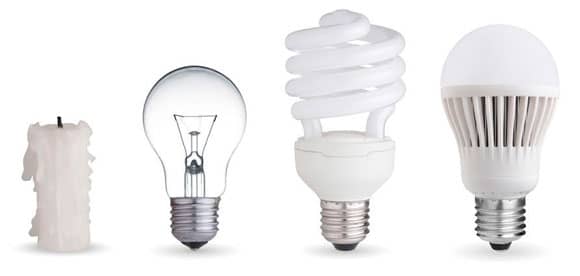
LED lights have continued to improve enormously since the day they were invented, because in order to reach the current LED technology, they had to improve many of its characteristics, such as the cost of production, efficiency of the LED and system, the ability to dissipate heat, control current peaks and many other parameters, which have resulted in a technology that is very environmentally friendly.
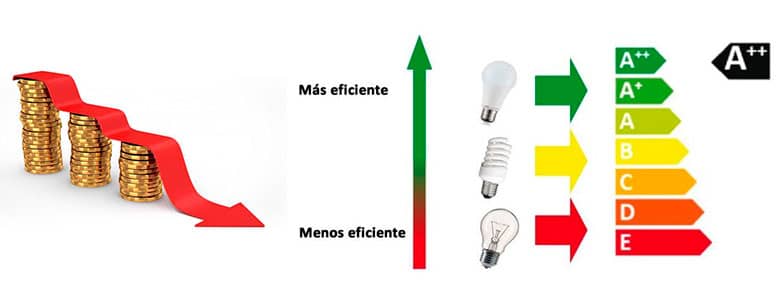
Its long life and low consumption have guaranteed its victory over other traditional lighting technologies and thanks to this, LED lights have become an indispensable element today, both for illuminating homes, illuminating industries or illuminating cities. LED lights are useful in all places that require quality and efficient lighting.
Implementation LED lights: Areas of application
|
As the name suggests, this type of LED lights are aimed at the industrial sector, with which it is illuminated from a clear area with circular hoods, a logistics zone or corridors with linear hoods and even the exterior or facade with spotlights or LED floodlights. |
|
|
LED lights intended for lighting both roads and urban areas such as streets, parks, paths squares gardens and countless places. |
|
|
As he implies, this type of LED lights are used for cultivation, ranging from the agro-food sector: fruits, vegetables, algae, etc. to medicinal as is the case with cannabis. |
|
|
LED lights intended for food industries, because it must meet a number of requirements such as NSF certification, concealment of screws to prevent them from being detached on the foods they illuminate, the ease of cleaning and in many cases withstand more demanding temperature and humidity conditions. |
|
|
This type LED lights is a low power lighting, oriented to low heights, such as offices, commercial premises or homes. |
YOUR LIGHTING STUDIO WITH OUR LED LIGHTS
From Venalsol Smart Light we carry out free lighting studies using a program that simulates in 3D the room that the customer needs to illuminate. Thanks to this, we can determine with values, how much lighting will reach each point of the room and advise so, which will be the best choice of LED lights, both the power and the optics and thus reach the minimum standards set by the regulations and lose the minimum of light energy.
NEEDS A LIGHT STUDY ▶ REQUEST WITHOUT OBLIGATION
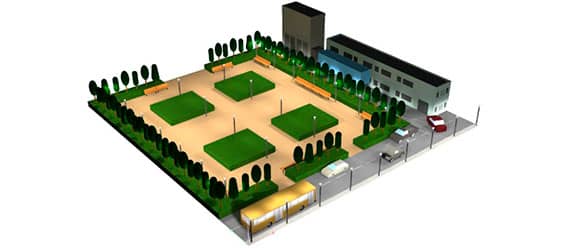
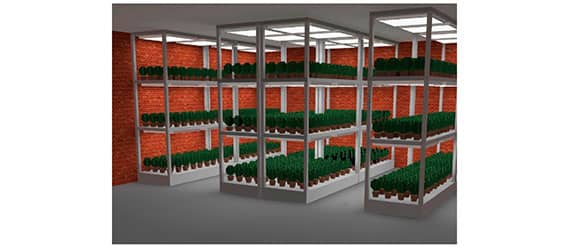
LED lights can be made up of 4 types of LED emitters:
|
1-LED DIP |
The LED known by most people, is the traditional LED. It has a low light efficiency (4 lumens per LED or 40 lumens per watt, as they usually have a power of 100mW). |
|
|
2-LED SMD |
They allow to implement 3 diodes in the same chip (red, green and blue). The union of the 3 primary colors manages to produce light white. Smaller than DIP LEDs and more efficient. The current energy efficiency is between 100 and 160 lumens per watt. They also have a high colour rendering index (80%). |
|
|
3-LED COB |
With a very small amount of energy, they are able to generate a high amount of lumens. The heat dissipation is lower than in SMD LED, so the service life of COB LED is shorter. They are designed to work few hours, so they are used in mobile phones or cameras as flash. |
|
|
4-MicroLED |
As its name suggests, a set of microscopic LEDs are joined together to create a pixel. This technology is being implemented on the new generation flat TV, generating better energy efficiency, latency and color contrast. |
|
Due to the technical details of the LED’s, in Venalsol Smart Light we use the SMD LED in all our LED luminaires, because as explained above, they have very good performance, with a great heat dissipation (which favors for a long service life) and with a high color rendering index, which gives a faithful reproduction of colors.

NEED MORE INFORMATION AND PRICES ▶ REQUEST WITHOUT OBLIGATION


